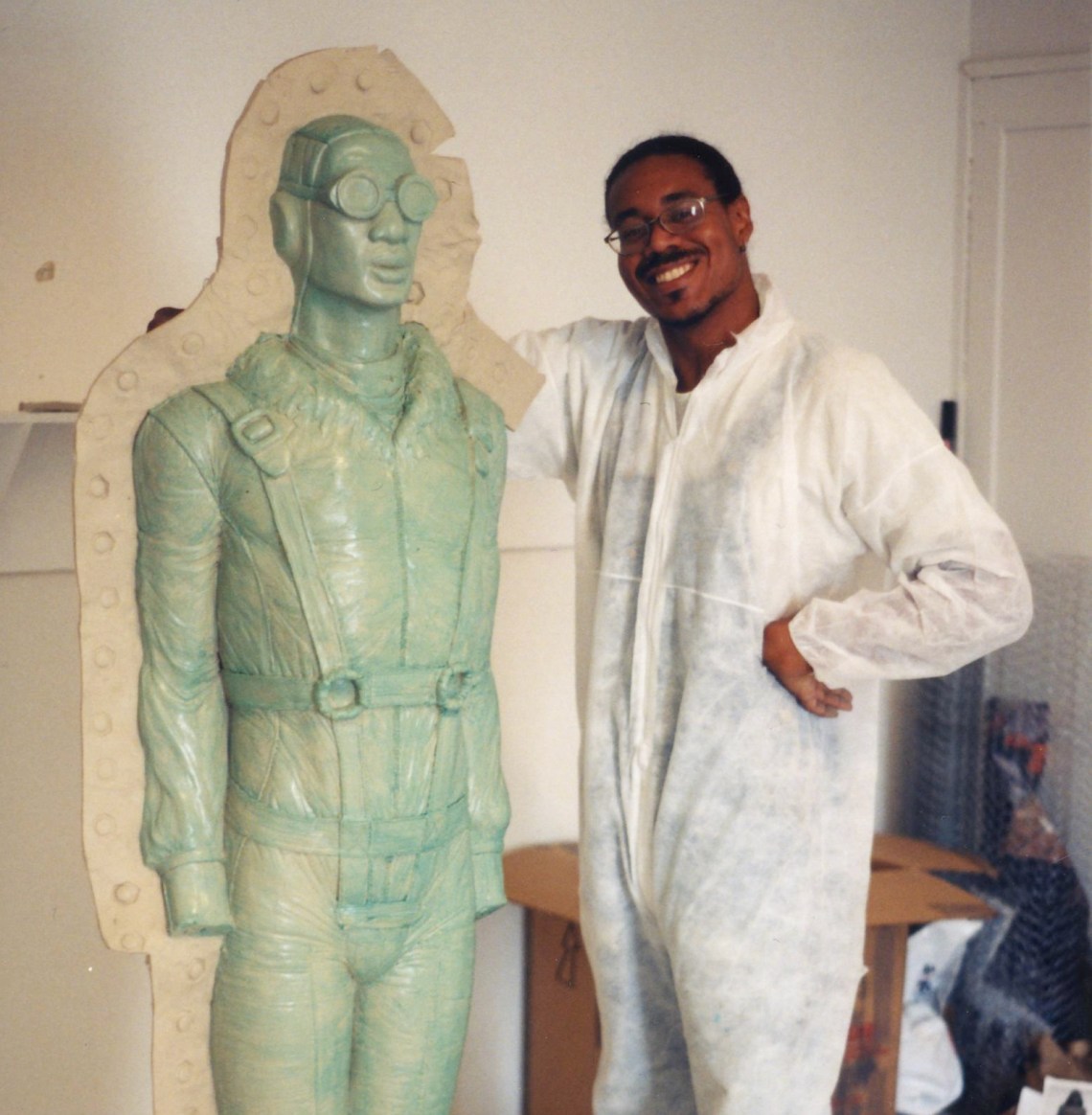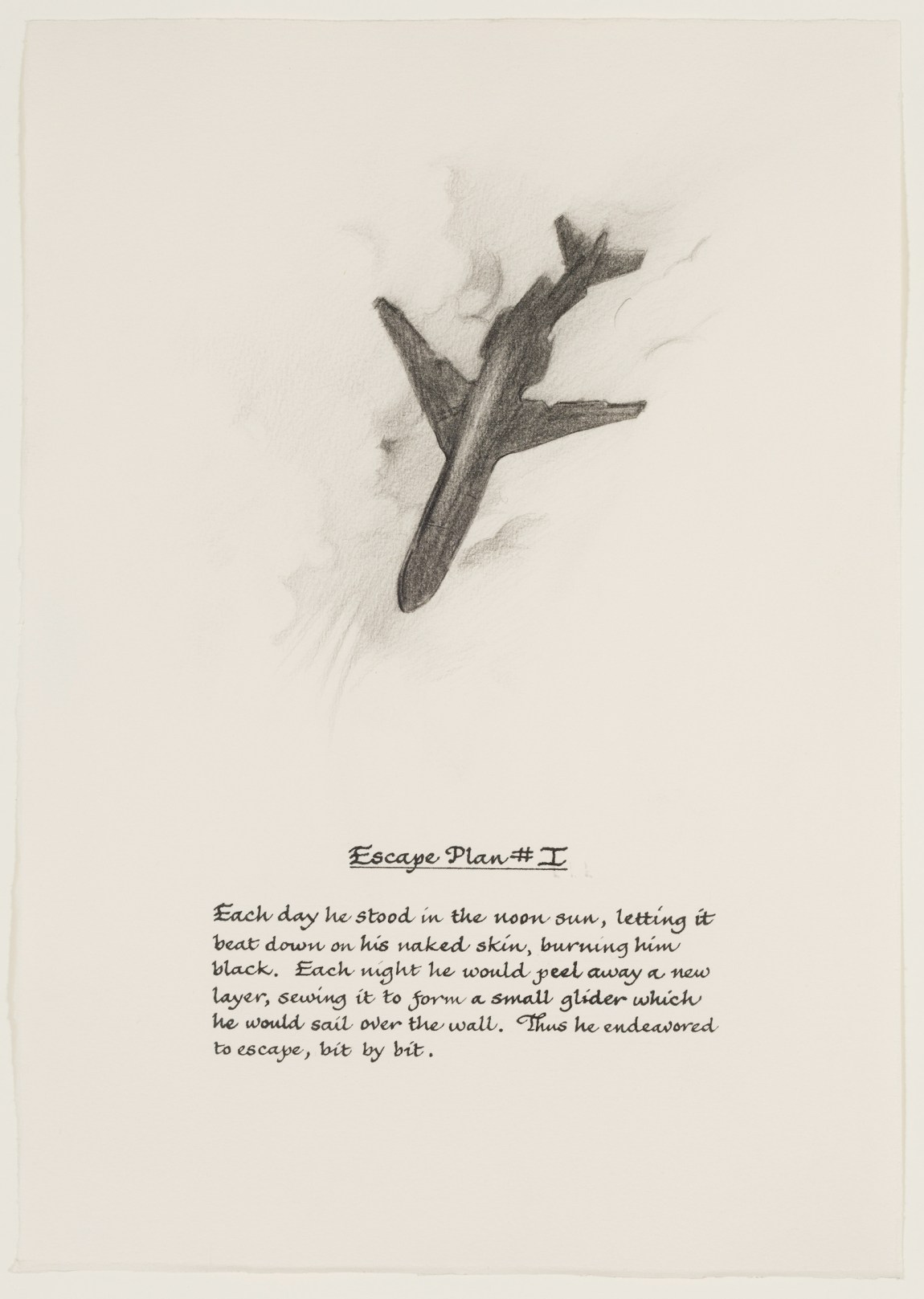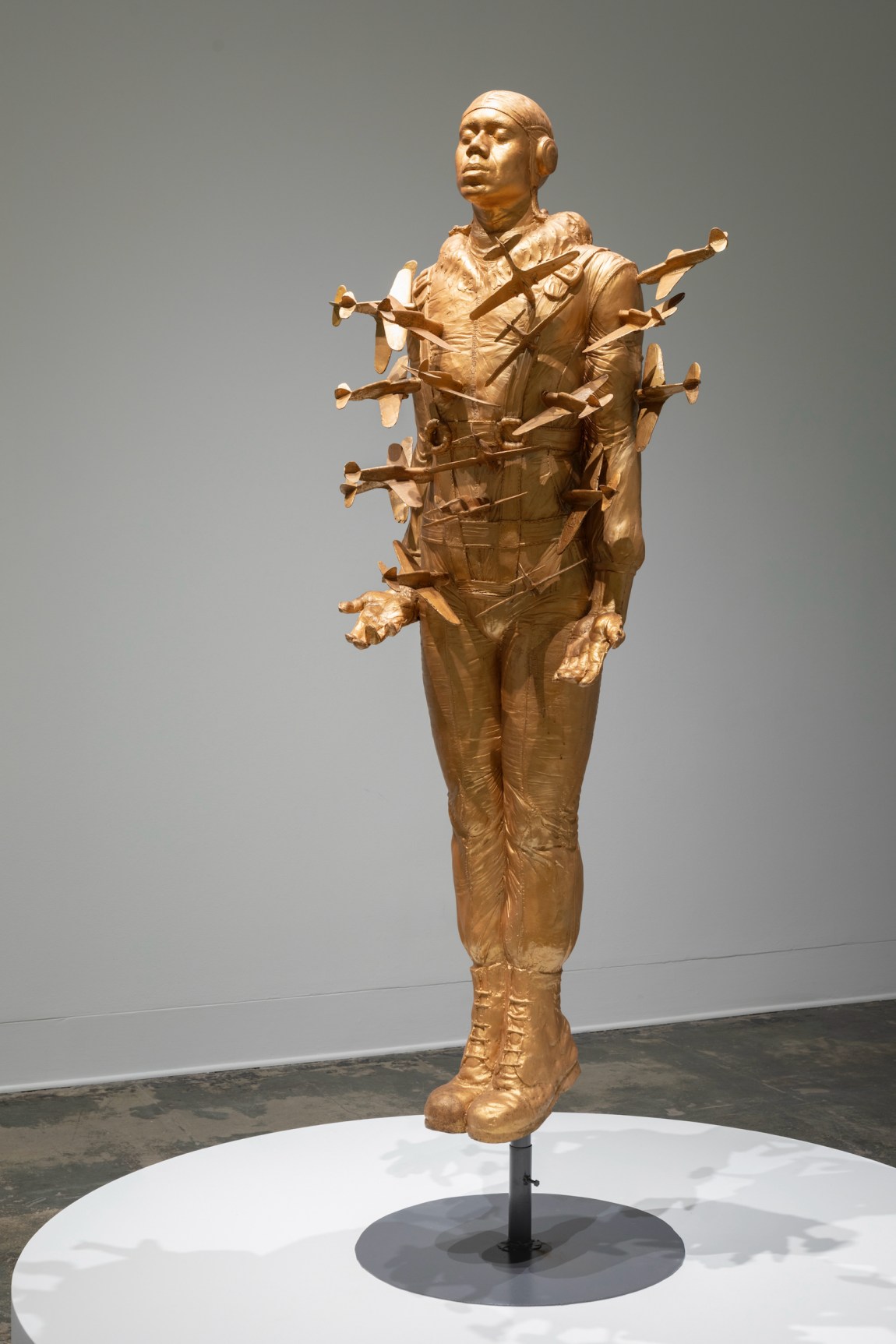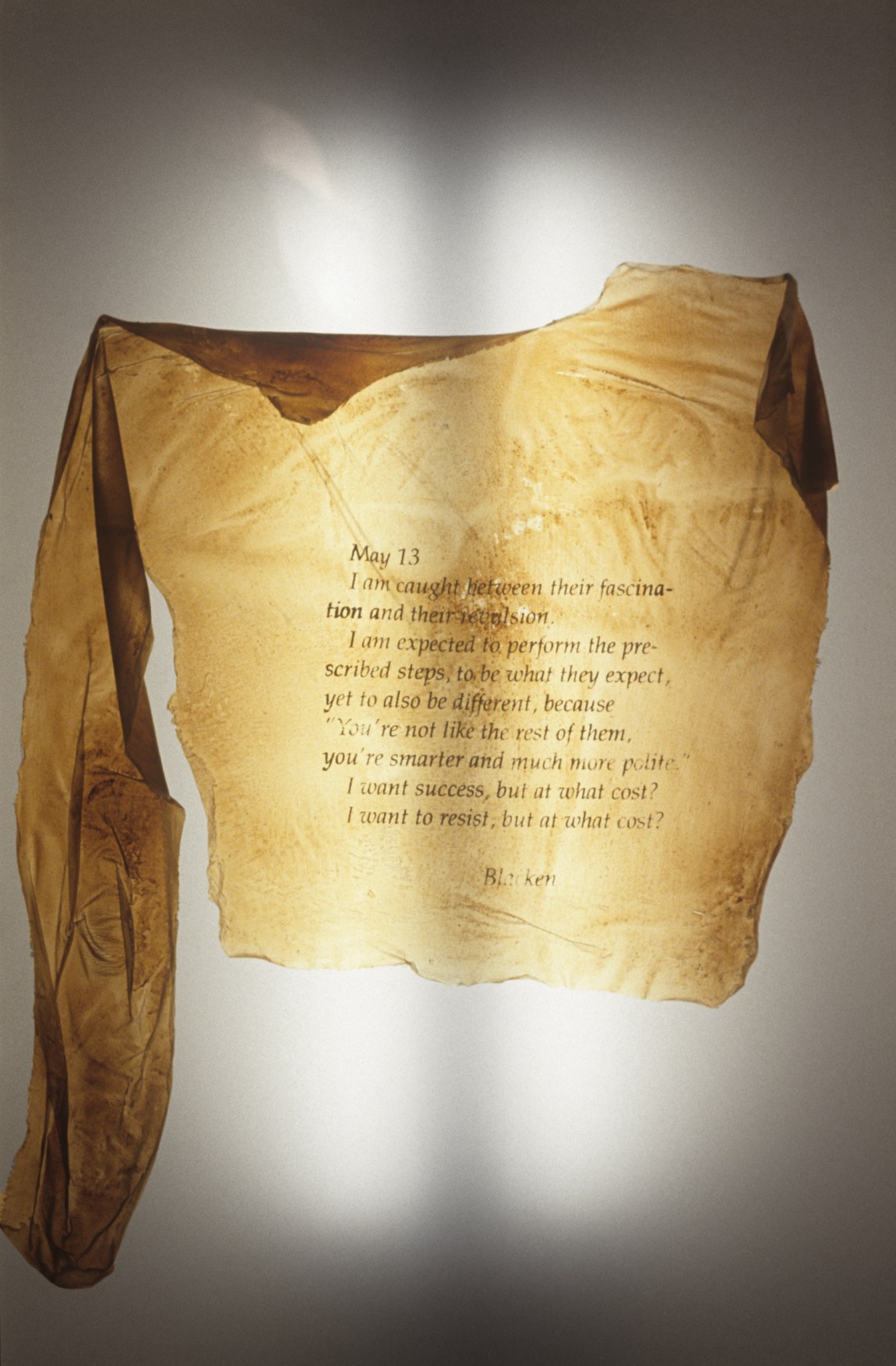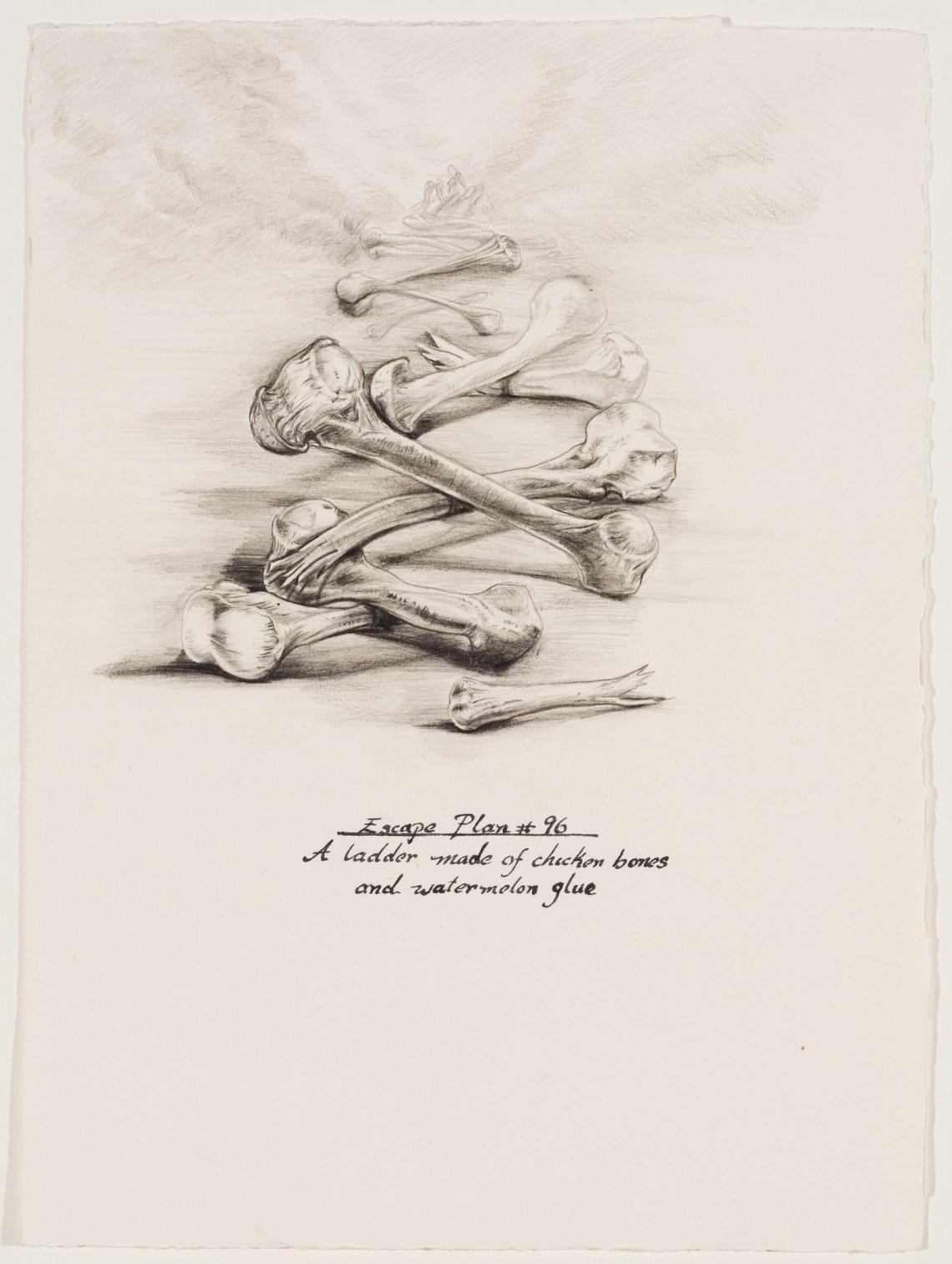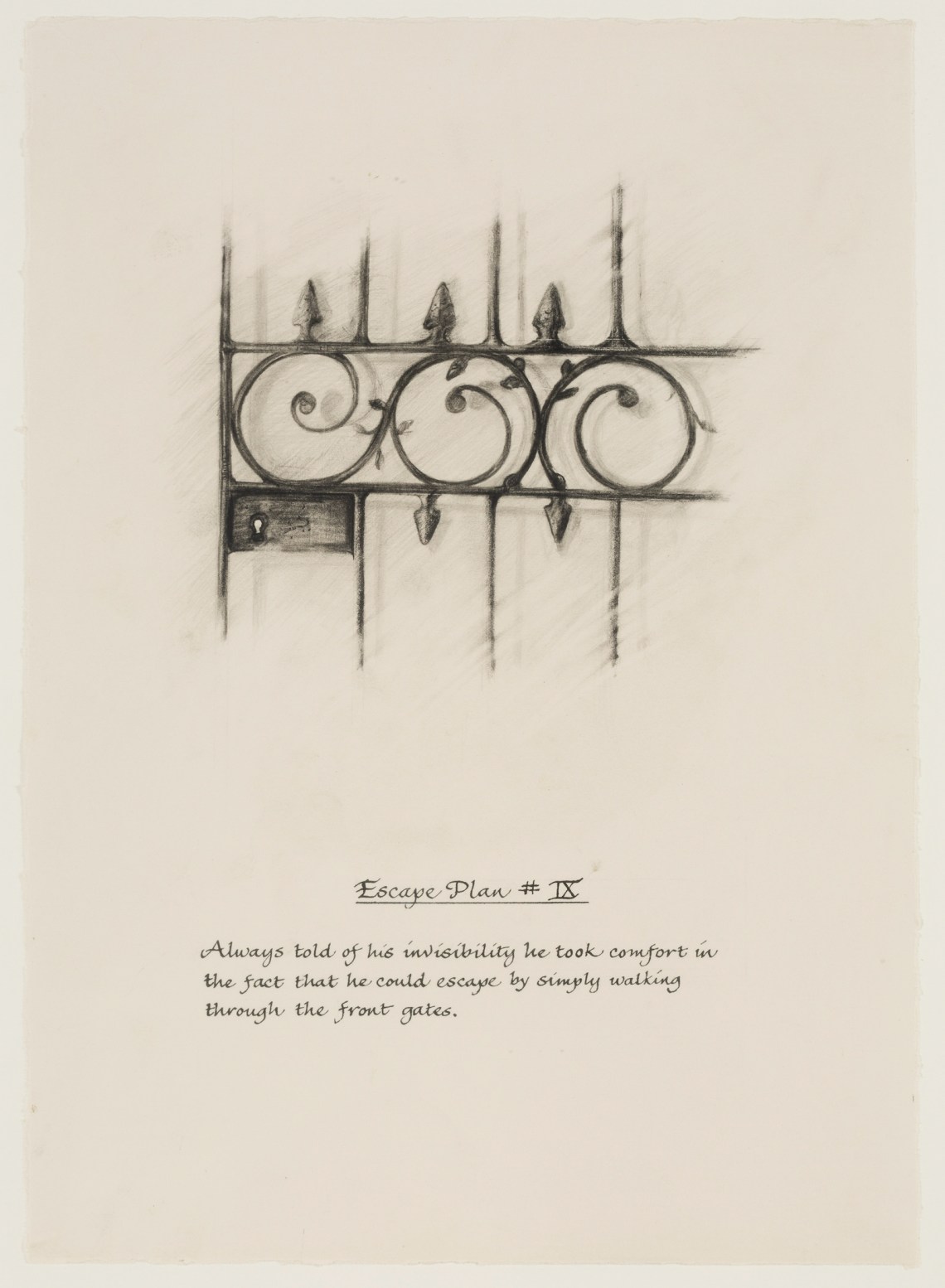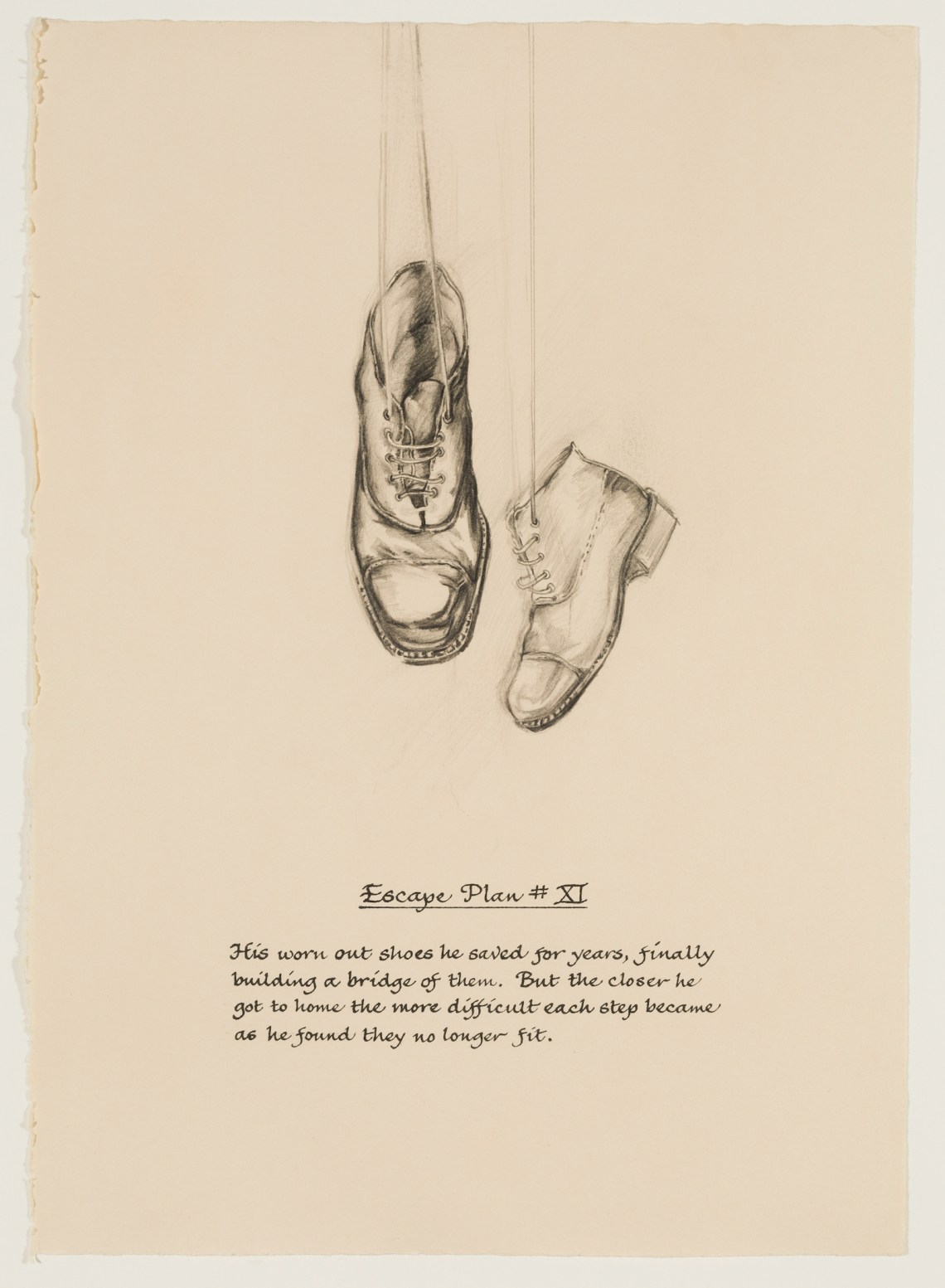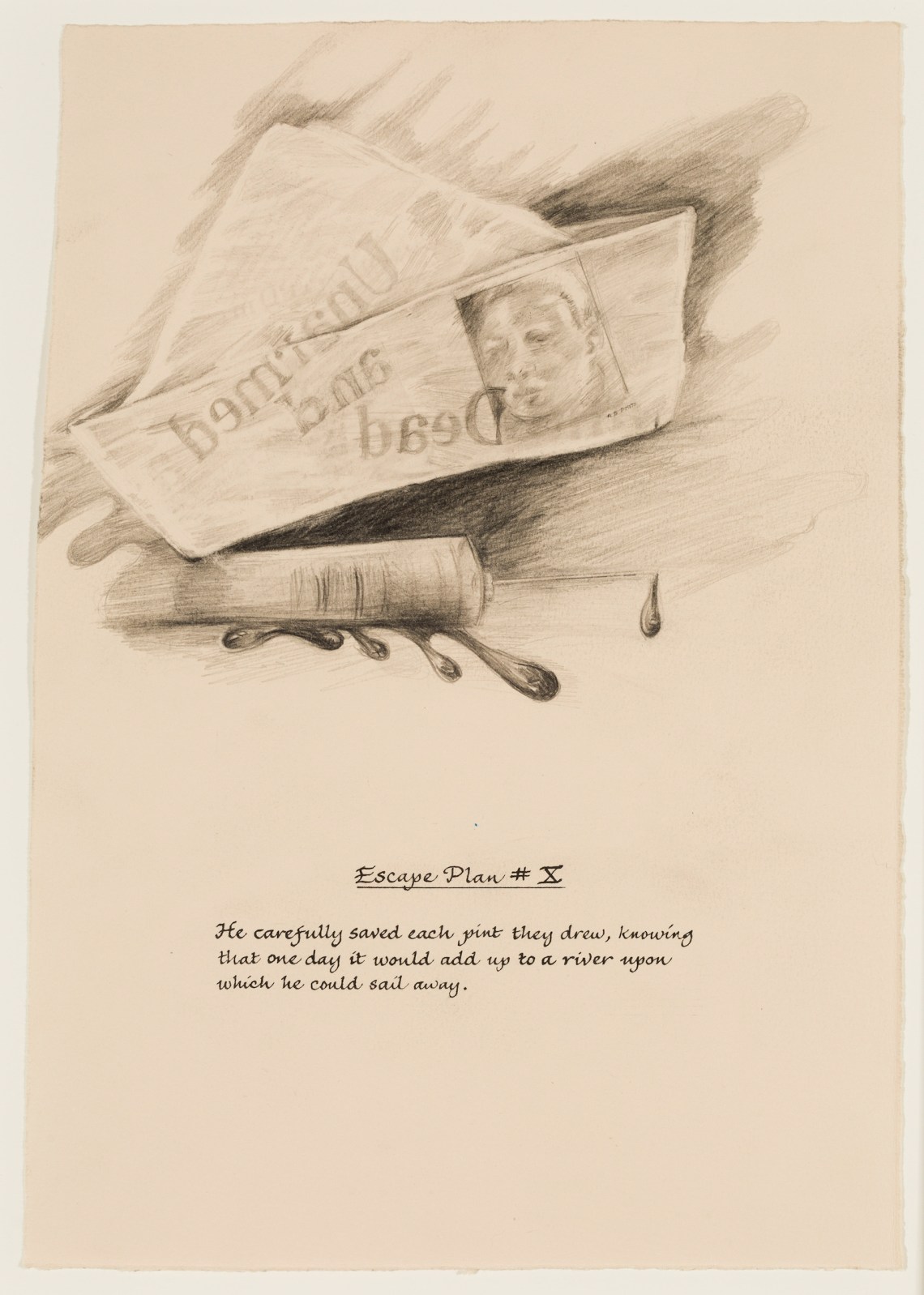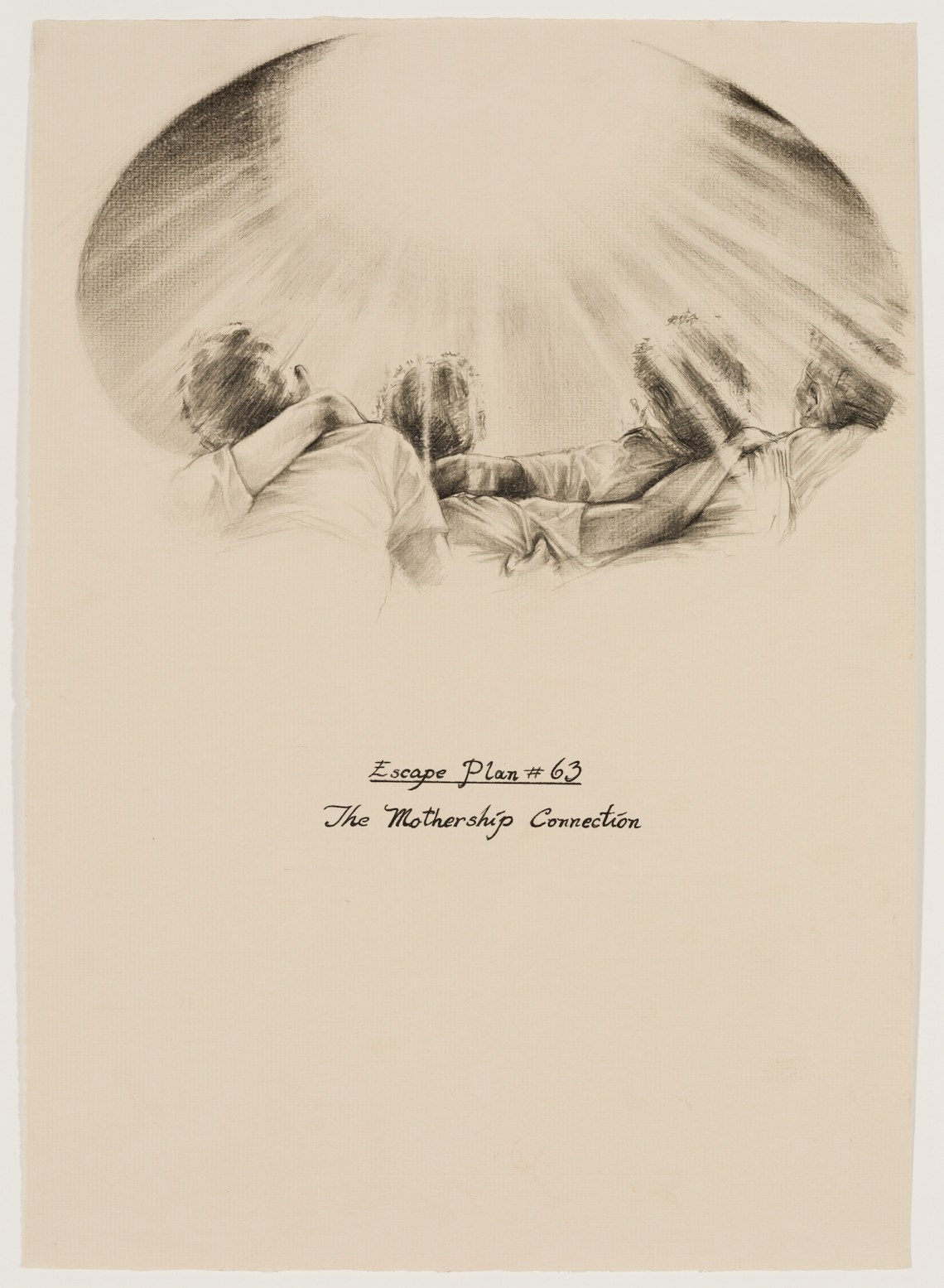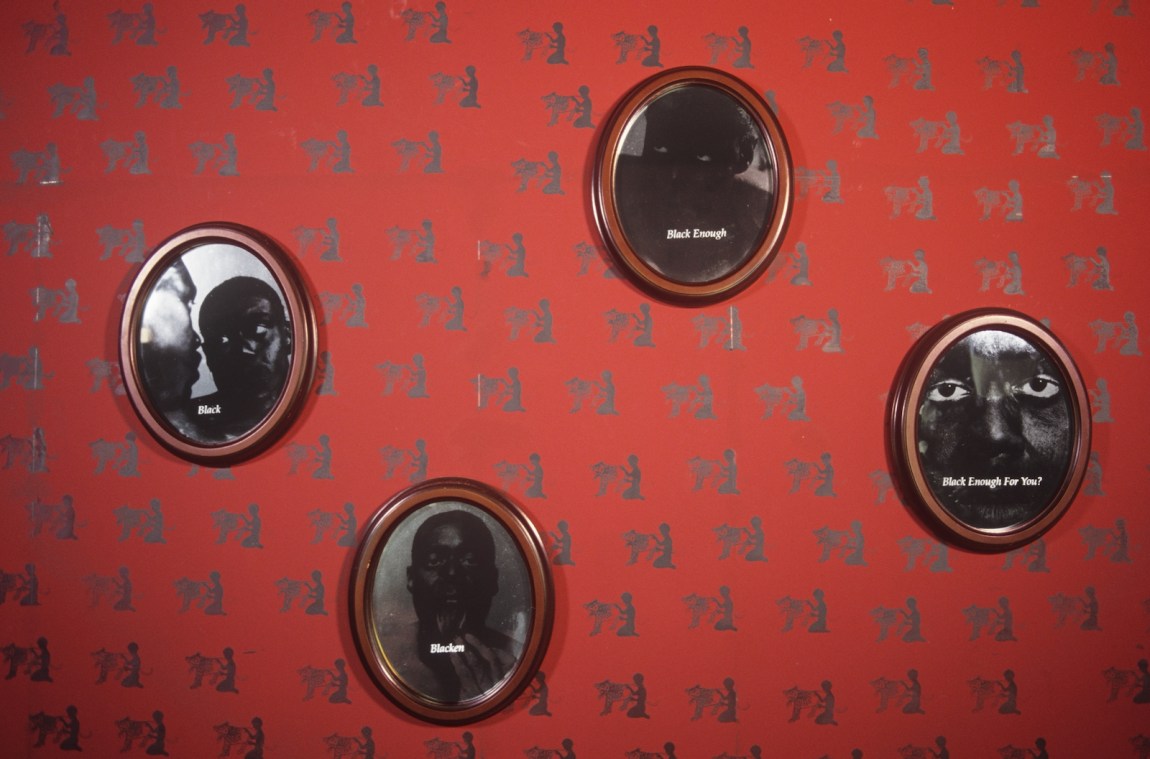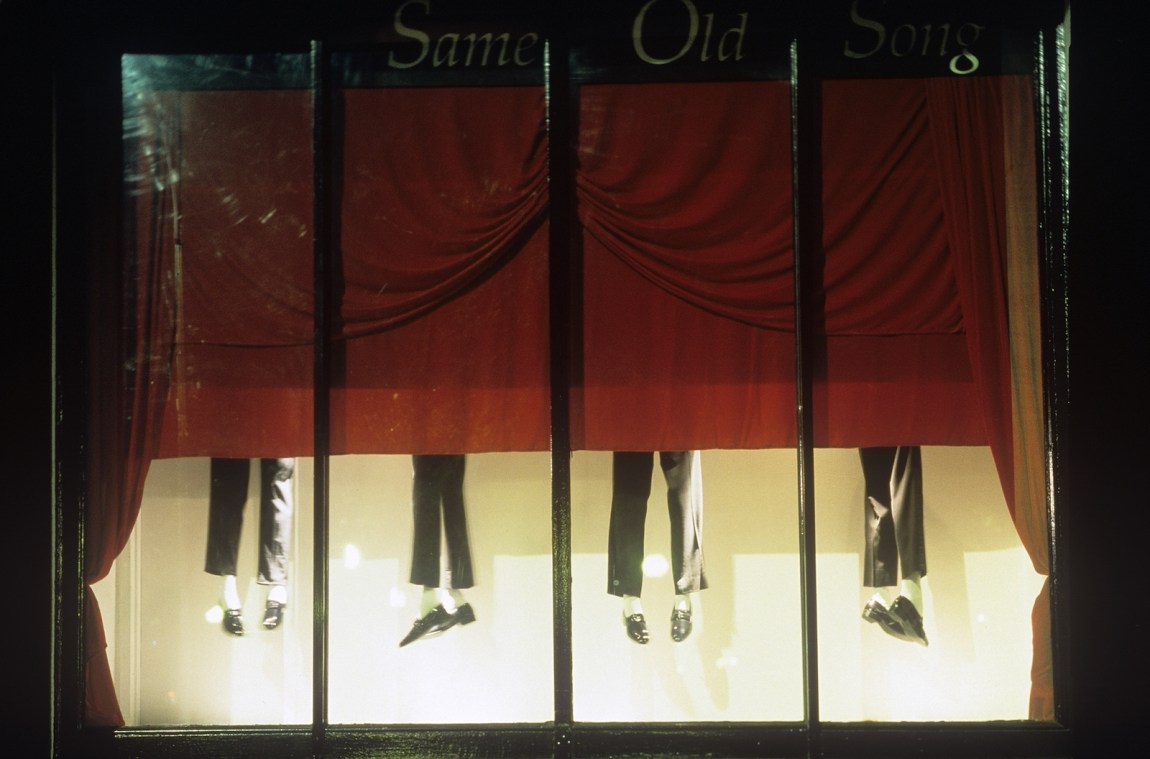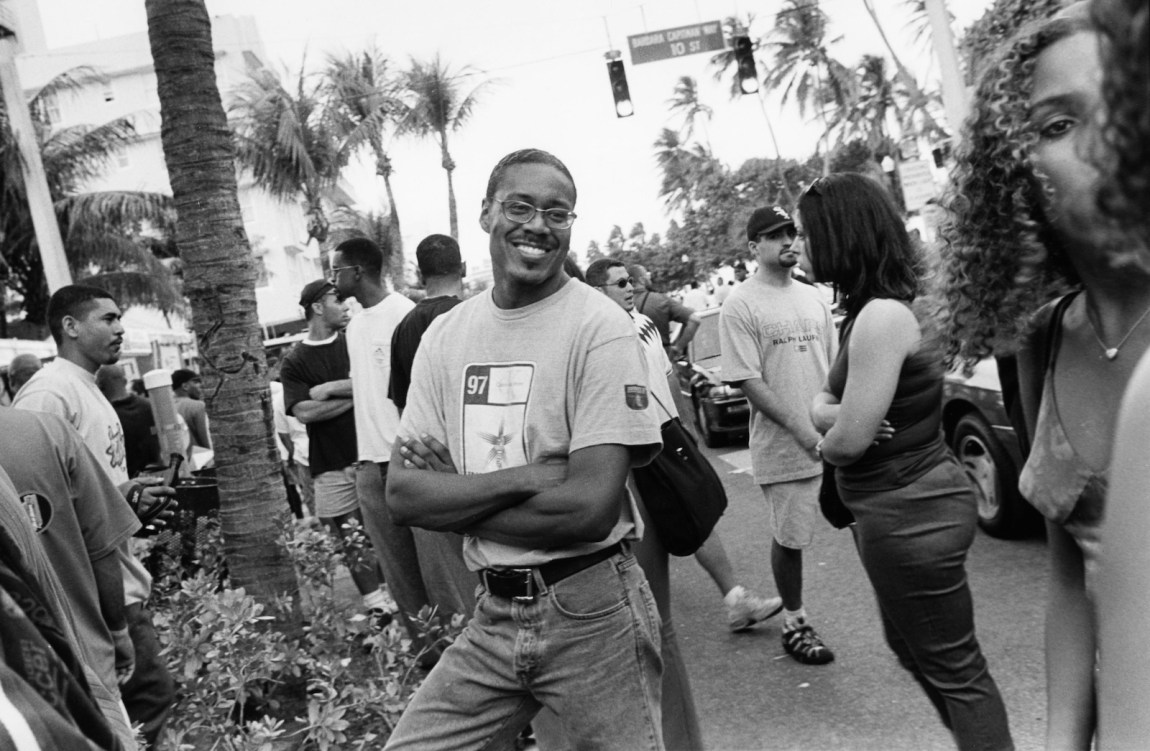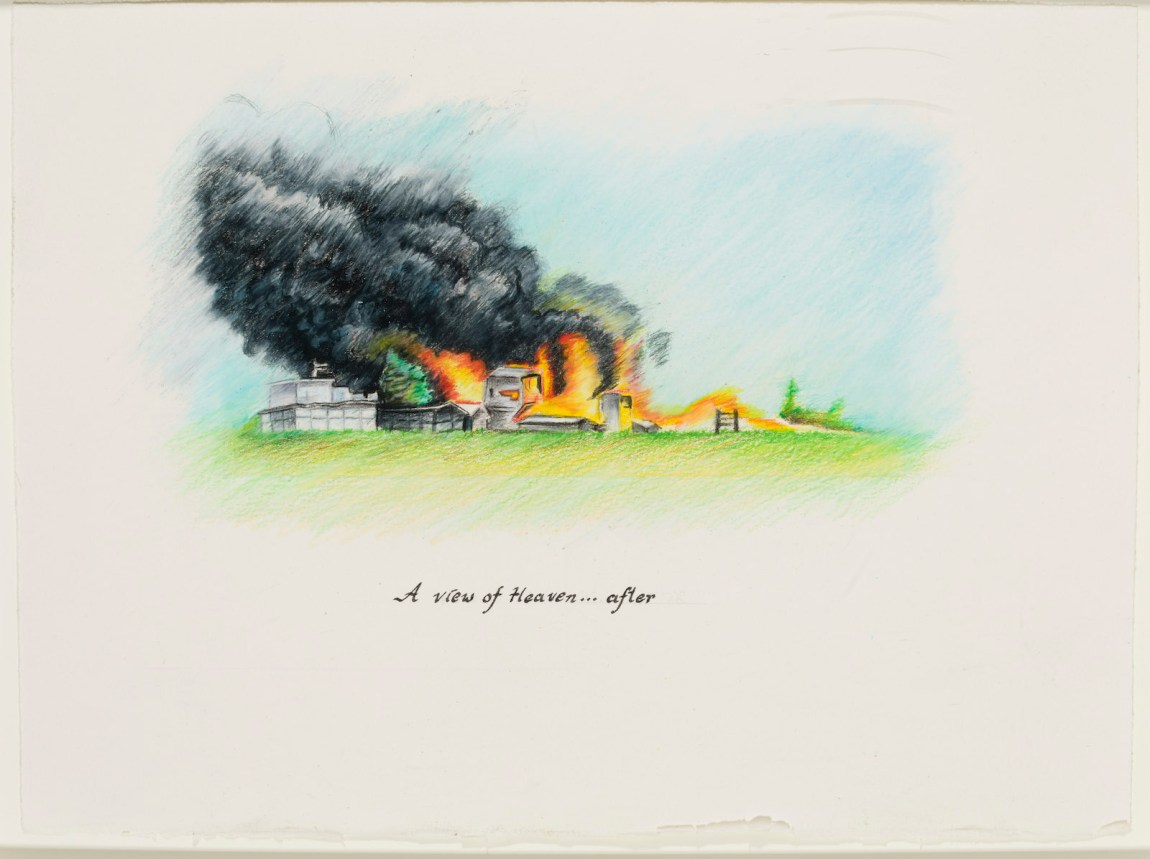Some years ago, after my mother died, a friend asked me whether I had dreamed of her, or whether I thought she was still “traveling.” I joked that my mother, who’d been constrained most of her life by factory work, husband, and children, might never stop traveling.
A few weeks after my friend and I spoke, I dreamed of my mother flying, her tired feet rising off the ground and moving toward the clouds. I had attributed this particular dream to my youngest daughter’s looking up at the sky every now and then and calling for my mother, and her older sister asking why we’d locked their grandmother inside a coffin and weighed her body down with dirt at the cemetery, if we knew she’d soon be flying off to Glory. Though my daughters had been echoing my mother’s Pentecostal minister from her funeral service, they were also recounting an old ancestral tale, that of enslaved Africans, rising off the ground, and flying back to their ancestral home.
In Toni Morrison’s 1977 novel Song of Solomon, as Milkman, a descendant of those Africans with the gift of flight, is on the verge of being killed by his old friend Guitar, he leaps into the air, believing that if he surrendered to the air, he could “ride it.” This is how I imagine the artist Michael Richards: still riding the air, and still traveling.
It was a more earthly kind of travel—immigration—that brought us Richards. Born in Brooklyn on August 2, 1963, to a Jamaican father and Costa Rican mother, he moved with his family to Jamaica in 1969, then returned to New York for college in the early Eighties. Death on wings took him from us, when, on September 11, 2001, planes crashed into the Twin Towers in New York, where he’d kept a studio on the ninety-second floor of the North Tower.
Richards was born the same year as the Coral Gardens massacre, in which Jamaican police and military, trained by the British colonial government, tortured and killed as many as 150 Rastafarians throughout a newly independent Jamaica. The massacre followed an uprising by the Rastafarian community after police assaulted a Rastafarian security guard, the latest in a series of injustices that ranged from the forcible shaving of Rastafarians’ locs to extrajudicial killings. (Finally, in April 2017, the Jamaican government offered an official apology for the massacre.)
Also early in 1963, President John F. Kennedy, who would be assassinated later in the year, had traveled to Costa Rica for a regional summit, where he offered economic aid to Central American countries as a “wall of freedom” against the spread of communism. That same year, young Black protesters were attacked with firehoses and dogs in the streets of Birmingham, Alabama, while others were assaulted and arrested during sit-ins at lunch counters throughout the Southern United States.
During Michael Richards’s thirty-eight years on this Earth, Black men, women, and children continued to be assaulted and murdered by mechanisms and agents of state violence. US imperialism pervaded the Caribbean and Latin and Central America. War was waged in the Middle East through Operation Desert Storm, though the kinds of pilots that intrigued Richards—like the Tuskegee Airmen of World War II, as in his Tar Baby vs. St. Sebastian (1999)—were no longer at the center of these late twentieth-century wars. These so-called air wars seemed more like video games, particularly since the onslaught of “shock and awe” images were regularly broadcast on the evening news, while civilian casualties were rarely ever counted, or seen by the general public.
In a 1997 conversation with fellow artist Cathleen Lewis and the curator Marysol Nieves, Richards explained how he interprets history through his work. “I think history has always been important to me,” he said, “because if you examine the past you can also read the symptoms of what is prevalent now in terms of racial associations and the relationship of power present in our society today. History is interesting in terms of how we mythologize it, how we accept history or interpretations of history as fact, and whose interpretation it is.”
Richards’s work is also filled with his interpretations of Blackness, which he added, carries within it “an incredible diversity, rather than a singular or unified history.” The same could be said of Richards himself and his syncretic passions and interests, as well as his personal and artistic foothold in different corners of the African diaspora. His work boldly questions overt and covert violence, and because he died at the World Trade Center in 2001 (after which the United States entered into—and recently chaotically exited, in Afghanistan, what’s often been referred to as a “forever” war), Richards’s drawings, sculptures, and installations also invoke absence and mourning, particularly through his evocations of flight.
Advertisement
Like many New Yorkers who were in the tristate area during the September 11 attacks, I turned to Michael Richards’s work in part to help make sense of the scale of that tragedy, as well as the xenophobia and Islamophobia that followed. I wrote about him in an essay called “Flying Home,” which was published in my 2010 collection Create Dangerously. As with many who were new to Richards’s work, the piece that first caught my attention was Tar Baby vs. St. Sebastian. Dazzling in both composition and design, the golden, levitating Tuskegee Airman appears as though he was always meant to be at the center of Richards’s work.
The artist william cordova, a longtime friend of Richards’s who met him during Richards’s 1997 National Foundation for the Advancement in the Arts residency at Art Center/South Florida, and helped him cast Tar Baby vs. St. Sebastian, points out that the eighteen airplanes piercing the body of the Tuskegee Airman are miniature P-5 Mustang fighter planes, showing that the pilot is under attack by other Americans, not unlike the Black men who were experimented on for decades as part of the US Public Health Service’s Tuskegee syphilis experiment. Of the many ways that Richards’s work was prescient and has become only more timely, I could not have imagined that the now frequent citing of the syphilis experiment as a reason for Covid-19 vaccine hesitancy in Black communities would be one of them.
Another inspiration for Tar Baby vs. St. Sebastian, according to cordova, is the celebrated April 1968 Esquire magazine cover, “The Passion of Muhammad Ali,” featuring the boxer with arrows piercing his chest and a leg. If ever there were a polar opposite to the writer and Southern folklorist Joel Chandler Harris’s sentimentalized and sanitized version of Tar Baby, it was the defiant Ali, who had been stripped of his heavyweight boxing title for refusing to fight in the war in Vietnam. If anything, Ali was more like Brer Rabbit, or Anansi, that cunning trickster derived from West African folklore, who outsmarts his adversaries and always wins in the end.
In Richards’s 1997 conversation with Lewis and Nieves, he elaborated on his view of the Airmen as “standard bearers of their race.” “They had to be brave, no matter how heavily outgunned they were,” he said. “It’s also interesting in terms of the interior psychological dialogue that must have been going on with them. Especially the fact that once they landed the planes and walked out, they could not eat in the same mess quarters as white officers. They had segregated barracks. Yet they were fighting for the ideas of freedom, justice, and the American way.”
Richards also drew parallels between the Airmen and himself as an artist and creator. “It’s a very complicated metaphor,” he said. “It has a lot to do with my own questions about my place within society. Working within society, making art, and basically making the culture of the society.”
He pondered this further in one of his notebooks, writing in block capitals:
I THINK I’VE BEEN THINKING TOO MUCH. I THINK I SHOULD JUST MAKE ART. GOOD, BAD, INDIFFERENT, I SHOULD JUST CREATE.
But then he asks himself:
HOW CAN A PERSON “JUST” CREATE? I WANT TO TALK TO THIS WHITE WORLD ABOUT BEING BLACK, BUT HOW CAN I? THEY HAVE DEFINED BLACK. THEY RESERVE THE RIGHT LIKE ADAM, TO NAME, TO CATEGORISE AND DEFINE. I DON’T NEED TO JUSTIFY MYSELF MY EXISTENCE TO ANYONE, AND YET I CONTINUALLY MUST IN REACTION TO YOUR INREACTION. I MUST MAKE ART, I MUST MAKE MY ART.
Jorge Daniel Veneciano, the former executive director of New York’s El Museo del Barrio, told The New York Times in 2016 that Richards had a “literary sensibility,” one that is apparent in this journal entry, as well as in the poetic ruminations Richards used to caption the drawings of his “Escape Plan” (1996–2000) series, which combined lyrical epigrams with sometimes streamlined, sometimes colorful sketches. In the journal entry, Richards is openly wrestling with what Toni Morrison famously referred to as “the white gaze.” Morrison, whose work was called provincial by some white reviewers, probably because it did not center the experience of white people, said that it is “as though our lives have no meaning and no depth without the white gaze. I have spent my entire writing life trying to make sure that the white gaze was not the dominant one in any of my books.”
What’s an artist who must make art within the constraints of the white gaze to do? In Let Me Entertain You (1993), one of Richards’s works that now exists only in photographs, Richards recreated the dressing room of the Bahamian-born minstrel performer Bert Williams as part of his Open Studios event for the Whitney Independent Study Program. The walls are covered with bright red paper marked with shadow portraits, or silhouettes, of a boy petting a tiger, evoking Tarzan motifs. On the back wall is a video of Richards, eyes bulging as he applies blackface makeup. In four small mirrors reflecting the video, Richards writes on top of his own burnt cork–covered face “Black,” “Blacken,” “Black Enough,” and “Black Enough For You?” On a sheet of stretched-out pumpkin-colored skin, Richards lays out the dilemma of artists whose art is considered either too Black or not Black enough.
“I am caught between their fascination and their revulsion,” Richards writes on the sheet labeled “Blacken.” “I am expected to perform the prescribed steps, to be what they expect, yet to also be different, because ‘You’re not like the rest of them, you’re smarter and much more polite.’ I want success, but at what cost? I want to resist, but at what cost?”
Richards did resist, addressing, from the beginning of his career, many of the social, cultural, and racial issues we are still facing today, the most glaring example being the evolving roster of Black lives cut short by police. In A Loss of Faith Brings Vertigo (1994), his series of five busts (four bearing photo-transferred images of white police officers in riot gear, one showing an image of Rodney King, the Los Angeles motorist savagely beaten by police in 1991), King’s face could easily be replaced by a long and growing list of Black men, women, and children who have been similarly assaulted or killed. The Mothership Connection (Escape Plan 63) a drawing of children and adults being pulled toward a celestial light, brings to my mind George Floyd’s final moments, as Floyd cried out for his deceased mother, perhaps hoping to be rescued by forces both in this world and the next.
Richards’s “Escape Plan” drawings portray different portals to freedoms, from a lottery ticket (Escape Plan 100) to an airplane (Escape Plan I) (Richards used both Roman numerals as well as Arabic digits for titles.) Though Richards satirizes stereotypical representations of Blackness and captions the bones in Escape Plan 96 “a ladder made of chicken bones and watermelon glue,” those age-worn bones remind me of historic efforts by African-American and Native American communities to seek from museums and other cultural and scientific institutions the return of their ancestors’ remains.
How do we memorialize horror while at the same time dismantling monuments to centuries of oppression? The racial justice protests in the summer of 2020, America’s largest since the civil rights movement, reignited an impassioned debate in the United States, South Africa, and England, among other places, about the removal of monuments honoring racists, enslavers, colonialists, imperialists, and white supremacists. Richards appears to have foreseen all this even as he created a monument himself, be it a “destroyed and neglected” one, as he told Lewis and Nieves, to honor both the Tuskegee Airmen and the Black families affected by the Tuskegee syphilis experiment. “You see these bronze monuments in the park and you just walk past them, yet they’re supposed to be the highest honor in our society,” Richards said of The Great Black Airmen (Tuskegee) (1996), an installation of bronzed severed body parts that Richards described as both allegorical and sexualized. By placing the pieces on the ground, Richards forces the viewer not to look up, as we would for other types of monuments, but to bow down to see his.
Richards also seems to be proposing the Black body, including hair, as its own kind of monument. “Growing up in Jamaica, Rastafarian and dreads were the big thing,” he told Lewis and Nieves. “That was the signifier of really being black. You were a black man—a real, true, strong black man—if you had dreadlocks.”
This might be why Rastafarians’ locs were cut before and after the Coral Gardens massacre, both by colonial police and military forces and by their postindependence counterparts. Dating back to ancient Egypt’s pharaohs, locs symbolized for Rastafarians a lion’s mane, and they became a visual signifier of resistance. While Richards rejected any one-dimensional view of Black masculinity—his own hair, he admitted, would not dread easily—it is likely that he was aware of Caribbean folk stories about hair. In my own Haitian family, for example, boys did not get their hair cut before they could talk, as a premature haircut, it was believed, might interfere with their developing intelligence. Clipped hair was never to be thrown in the trash, lest some ill-intentioned person or spirit get a hold of it and use it to conjure harm; instead, it was to be burned, so that its essence could dissipate into air. Then there is the fact that synthetic hair, or even harvested real hair, is a global, multibillion-dollar industry funded in part by Black women who use them in wigs, weaves, and braids. This mix of folklore, history, mysticism, and capitalism is perhaps why Richards said that he used hair very consciously to raise questions “about race and social issues.”
In a June 2020 Atlantic article celebrating Black joy and survival, the scholar Imani Perry wrote: “My elders taught me that I belonged to a tradition of resilience, of music that resonates across the globe, of spoken and written language that sings…. Blackness is an immense and defiant joy.” There is plenty of that same type of transcendent and defiant joy in Michael Richards’s work. Even when it invokes generational trauma and pain, it has, as Frederick Douglass wrote of spirituals in his 1845 memoir, “at once the highest joy and the deepest sadness.”
His own tribute to that tradition, Swing Lo’ (1996) is the most joyful of Richards’s pieces: a large chariot outfitted with a 1990s-style boom box speaker system. It invites us to travel in style and with rhythm, or rather “riddim,” the insistent soundtrack of the reggae, dancehall, and reggaeton blasting from the chariot. Most of the songs Richards uses—“Twice My Age,” by Shabba Ranks and Krystal, “Rich Girl,” by Louchie Lou and Michie One, and both versions of “Bam Bam,” by Sister Nancy and Chaka Demus and Pliers—were ubiquitous in 1990s Miami, where Richards was living at the time. He also might have heard on local radio stations plenty of merengue, salsa, soca, calypso, zouk, and Haitian konpa. Richards was particularly fond of the Panamanian-born El General, one of the pioneers of reggaeton. The dancehall musician Cutty Ranks opens one of the tracks on Swing Lo’, “A Who Seh Me Dun,” with the words “Six million ways to die, choose one.”
Which brings me, finally, to Michael Richards’s traveling. The suitcases often found in his work, Richards said, function as containers for his “desire for a lost home.” I imagine Richards’s having mapped out his way to that lost home through his work, particularly in his drawings. I imagine him first considering Escape Plan I, which shows an aircraft that looks eerily like one of the planes that struck the World Trade Center on September 11, 2001. Then I see him long ago, as a boy in Jamaica, or as an adult in Miami, where he created part of his oeuvre, sitting down to draw and write:
Each day he stood in the noon sun, letting it beat down on his naked skin, burning him black. Each night he would peel away a new layer, sewing it to form a small glider which he would sail over the wall. Thus he endeavored to escape, bit by bit.
Then, tempted by other means of escape, he’d write:
Escape Plan X
He carefully saved each pint they drew, knowing that one day, it would add up to a river upon which he would sail away.
Then at last his A View of Heaven after (2000), a colorful drawing of black smoke cloaking buildings in flames, drawn as though from midair.
Keep riding the air, Michael, I want to say. Keep riding.


